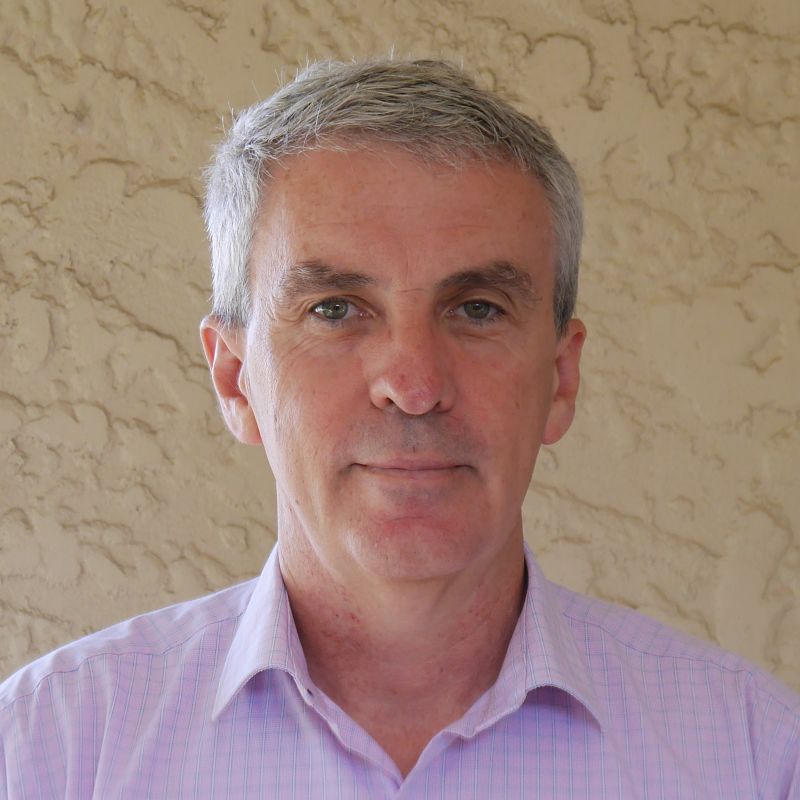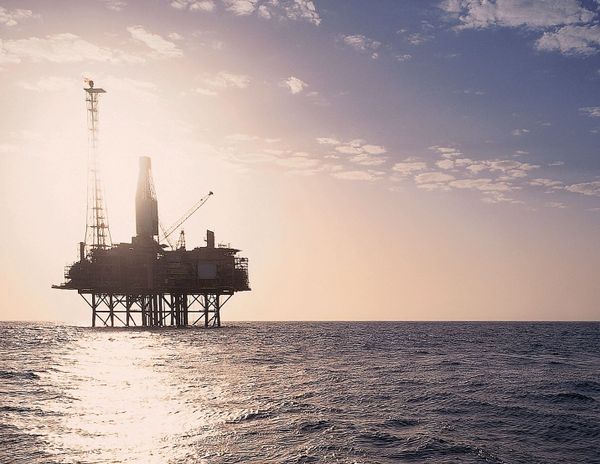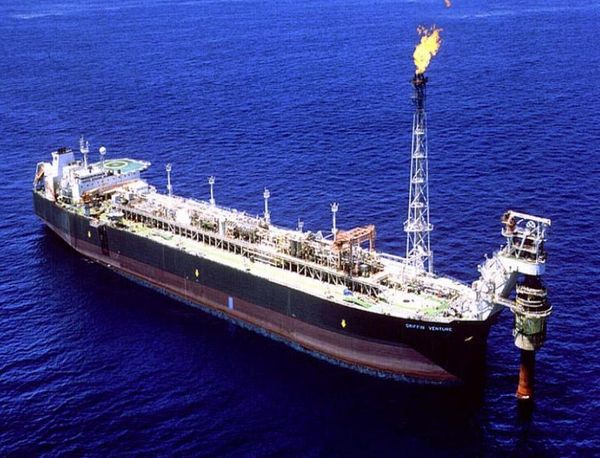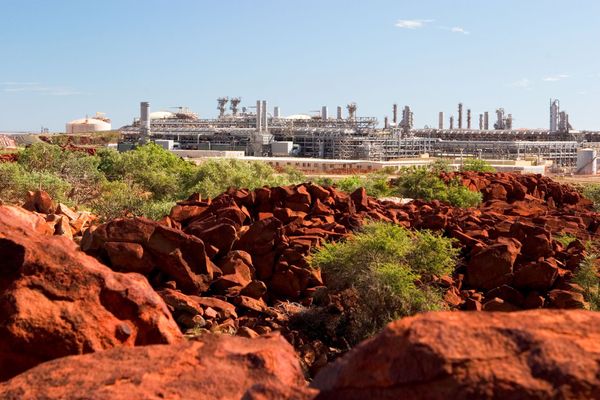McGowan and Woodside play footsies again
• Santos’ big WA decomm exposure • industry emissions •
Good afternoon,
Today’s story looks at the likelihood of a special deal for Woodside to access State land for carbon farming. Not content with the State’s entire response to climate change being planned to not impede its Browse and Scarborough projects, Woodside wants to jump the queue on land to offset the emissions from those projects. In fairness to Woodside, their job is to look after themselves. The problem is the WA Government again seems unable to differentiate between the short-term interests of one company and the long-term interest of the State.
READ: McGowan won’t rule out favouring Woodside for carbon farming land
With the Federal Government toughening its decommissioning rules to avoid another Northern Endeavour, it is easy to forget how much decommissioning liability lies in the jurisdiction of the States. In WA, Santos is a big player, with 100% ownership of the facilities around Varanus Island and 29 per cent of Chevron’s Barrow Island oil operation. Billon of dollars will need to be spent to clean it all up.
READ: WA onshore and coastal oil & gas clean up to cost billions
WA is the only state with rising emissions, mainly due to the LNG sector. The EPA has made a start by requiring new projects to reduce direct emissions towards net-zero by 2050, but more needs to be done. This week the NT Government introduced a policy similar to the WA EPA, but with two significant additions: coverage of Scope 2 emissions from power purchases and including large expansions, not just new projects.
READ: Gaps hold back EPA’s efforts to reduce carbon emissions from WA industry
More news of dangerous incidents offshore, with the Offshore Alliance today calling for no corners to be cut after a worker on Jadestone’s Montara Venture received severe burns to his torso a month ago.
“It’s an increasing trend amongst oil and gas employers for safe work practices to be ignored in favour of a focus on production, and this is always at the expense of workers,” Australian Workers’ Union national secretary Dan Walton said. The unions said they believed NOPSEMSA was taking the investigation seriously.
Last week I asked if anyone understood how Santos would achieve a good part of its net-zero by 2040 target using hydrogen with CCS. Thanks for the responses, which were wide-ranging. Theories included that the blue hydrogen production displaced gas sales or using the blue hydrogen to power oil and gas production to eliminate Scope 1 and 2 emissions.
Another proposed explanation was for Santos to use the carbon credits from storing CO2 from hydrogen production to offset emissions from continuing oil and gas production. This would mean either the hydrogen is no longer blue, or the CCS is double-counted.
Perhaps all will be revealed in the Santos v Australasian Centre for Corporate Responsibility court case over the company’s climate claims.
Shell’s Prelude is quietly shipping out regular cargoes: six in the past month, according to MarineTraffic.
Chevron was due to start a major shutdown at its Wheatstone LNG plant yesterday with about 500 workers for the five-week shut.
Last week Chevron advocacy advisor David Wawn told the Senate that CO2 injection at Gorgon was running at a rate of about one million tonnes a year. So no improvement from December 2020 when regulator DMIRS capped capacity over concerns about excessive pressure in the reservoir that stores the CO2.
Japan’s JERA, which has equity in five Australian LNG projects, has sold a stake in an Indonesian coal-fired power plant.
As Japanese companies continue to back away from carbon-intensive investments, it is worth noting that JERA is yet to complete the purchase of 12.5 per cent of Barossa from Santos almost 18 months after signing a non-binding letter of intent.
Woodside and other producers are working on an alternative plan to the proposed legislated production levy to pay for decommissioning the Northern Endeavor. The legislation would be a dangerous precedent for the industry because, let’s be honest, there will be more offshore producers unable to pay their decommissioning bills.
Someone has started a parody Woodside Twitter account. I’m surprised it took so long.
The Centre of Decommissioning Australia has awarded two research contracts for delivery early next year: Advisian will look at local options for disposal or recycling of removed equipment, and Linch-pin will develop a decommissioning technology roadmap.
BHP chief executive Mike Henry said “we hope and believe” most BHP shareholders will hang onto their Woodside shares they will receive if the merger deal completes.
“There is growing divergence in views between different shareholders on holding oil and gas,” Henry then said, which pretty much means a lot of BHP shareholders will dump their Woodside scrip.
Corporate messaging can be confusing. Henry has to talk up the future hydrocarbon-free BHP without trashing oil and gas, otherwise existing Woodside shareholders might take note and reject the deal. I expect Henry will speak with more clarity once he has offloaded his petroleum business.
In good news for the prospects for green hydrogen, Australian researchers have achieved a record high energy efficiency for converting the sun’s power to hydrogen.
The green hydrogen industry needs legal practicalities as well as technology sorted, with the WA Government identifying 240 pieces of legislation that are problematic for large scale renewable projects. Currently, pastoral leases, that over 36 per cent of WA, can only be used for livestock.
The Offshore Electricity Infrastructure Bill to allow offshore wind farms had been tabled in Federal Parliament, with existing offshore regulators extending their roles into clean energy: NOPTA for licensing and NOPSEMA to oversee operations and safety.
There are some concerns that the economics of floating wind, which would allow farms away from the coast with greater wind and fewer NIMBY issues, could be hurt by high maintenance costs.
Synergy is yet to announce the contract for its Kwinana big battery that initially was meant to be operating 12 months from now.
BHP will deploy zero-emissions battery-powered Caterpillar trucks at its mines over the next 12 months, but there was no mention if this would include WA.
Time’s up - almost
The home of “honest government ads,” Juice Media turned its attention to carbon capture and storage yesterday. While lacking the technical exactness of a Boiling Cold story (if I say so myself), they communicate with punch.
On Twitter, they were kind enough to reference Boiling Cold as a source and for “exposing the industry’s shitfuckery.”
Believe me, in the much-maligned profession of journalism; accolades don’t get better than that.
On that high note, next week will be the last one for Boiling Cold.
It has been a great ride, and thank you for your readership.
I think the site has achieved a lot.
For me, highlights include unmatched coverage of the possible offshore decommissioning default crisis; revealing CO2 injection problems at Gorgon and its propane kettles that took a year to fix; covering the terrible state of offshore safety; taking apart the business cases of Browse, Scarborough and Barossa; and looking at the all too close relationship between the oil and gas business and governments.
Most important was identifying the torrent of greenwashing from companies and governments wanting to look different while carrying on business as usual.
It is time for me to get back to a newsroom after two years as a one-man-band.
I will still be able to cover many of the recurring themes of Boiling Cold and look forward to your continued readership, starting Monday, September 13.
More details of my new position later. First, there is one more week of Boiling Cold stories to push out and the last newsletter next Friday.
Have a good weekend.
Cheers
Pete





